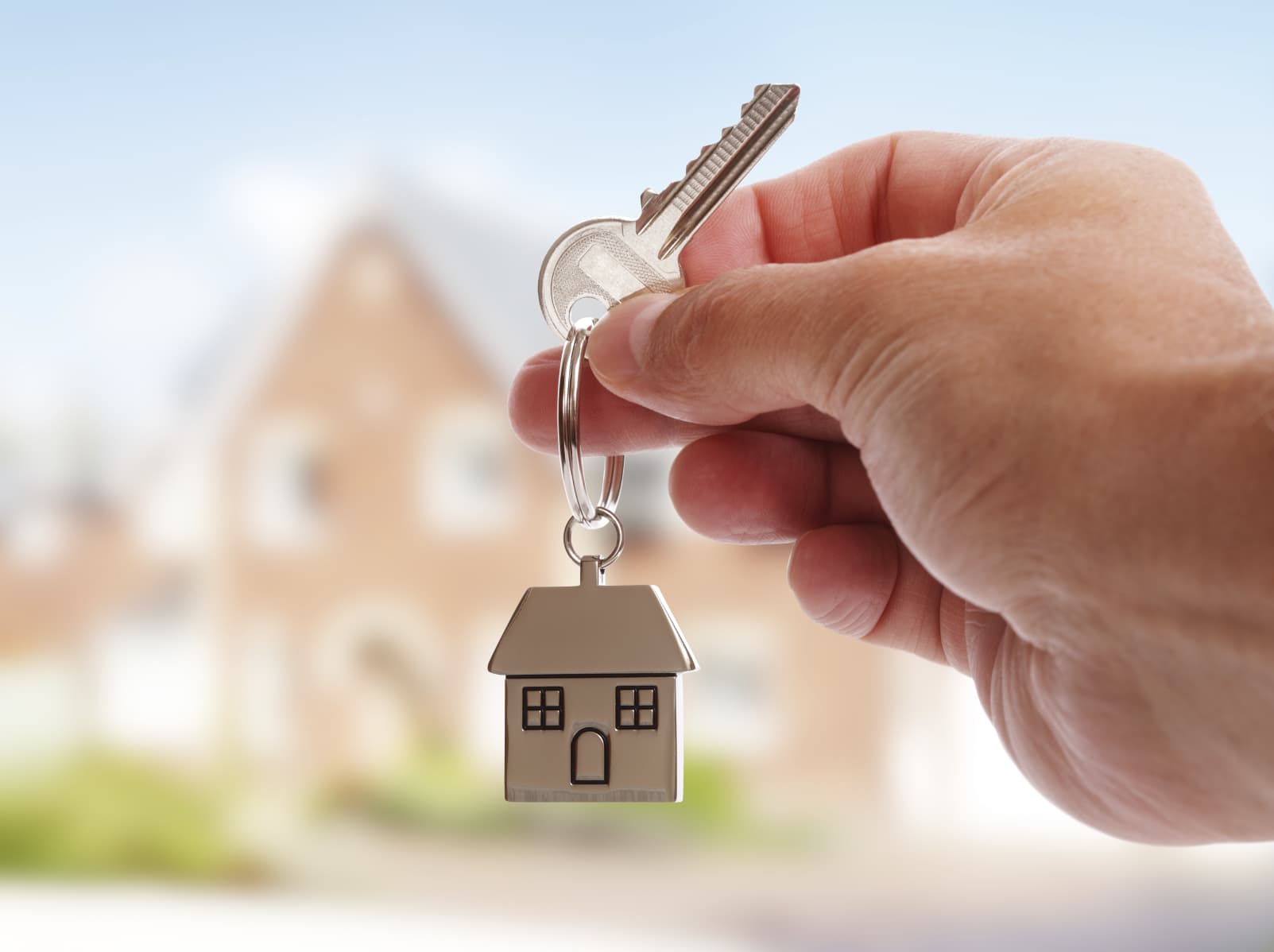
3 ways to get a foot on the property ladder
Creative ideas for younger Australians to invest in property
It won’t come as a huge surprise to learn that Australian homes are among the most expensive in the world. In a recent survey[1] every Australian town and suburb was rated as ‘seriously’ or ‘severely’ unaffordable. And if you’re in a capital city it’s even worse, with the average Sydney home costing nine times average household income.
So it can be tough to put together a deposit, especially when you’re starting out. It’s a far cry from back in your parents’ day, when it seemed to be easier to achieve the great Australian dream of owning a home.
But while it’s easy to focus on the downside, there are reasons to be cheerful. Interest rates today are at record lows, compared with the 17% that your parents might have been paying off as recently as 1990.[2] And credit is more readily available, with more competition among lenders.
So getting approval for a loan might be easier. But you still need to put a deposit together and cover the repayments.
Here are three more creative ways to get your foot on the property ladder.
- Go in together
Buying a property with a bunch of mates or family can be a good way of pooling your resources.
- You can save a deposit more quickly.
- You can share up-front costs, like stamp duty.
- You can borrow more and buy a better home.
- You can avoid paying mortgage insurance, if you can raise a 20% deposit.
But you need to go into a co-ownership arrangement with your eyes wide open. Think about what would happen if one of you wants to sell up or can’t make a repayment. Watertight legal commitments can reduce the risks if things go pear-shaped.
- Establish the right co-ownership structure—stipulating whether you are ‘joint tenants’ or ‘tenants in common’ can make a big difference down the track.
- Set up a co-ownership agreement to cover all the potential financial pitfalls.
- Make sure your will is in order so that if anything happens to you, your share in the property will go to the people you want it to.
- Buy an investment property
Back in the day, an investment property was something you turned your mind to later in life once you were firmly established in your family home. But renting out an investment property is an increasingly attractive way for younger Australians to get into the housing market while continuing to live with their parents or renting somewhere else cheaper.
You’ll need to make the finances work.
- If the income you receive from your investment property is greater than your loan repayments, interest and other costs, you’ll be receiving a regular boost to your cash flow.
- If the income you receive from your investment property is less than your loan repayments, interest and other costs, you’ll be making a loss. That loss reduces your taxable income and, in turn, your tax bill. The higher the rate of tax you’re paying, the more tax you can save in deductions. This is what’s known as negative gearing and means your investment needs to gain enough in value during the time you hold it to offset the losses you make along the way. Negative gearing can be a risky strategy, particularly if your situation changes and you can’t service the debt as easily.
And you’ll need to do your homework.
- Buy in the right area—somewhere with decent transport links and close to schools and amenities will attract tenants and future buyers for both rental income and capital growth.
- Shop around for the best home loan—don’t be afraid to ask lenders for a better rate.
- Get the right type of loan—think about which type of loan suits you.
- 3. Invest in indirect property
Bricks and mortar isn’t the only option. You can invest in commercial or residential property through your super or a managed fund to generate a regular income and potential capital growth without the hassle and expense of maintaining a home.
If you are looking to get your foot on the property ladder, call us today so we can help you.
[1] 2014 Demographia Housing Affordability Survey http://www.macrobusiness.com.au/2014/01/2014-demographia-housing-affordability-survey/
[2] Reserve Bank of Australia http://www.rba.gov.au/statistics/cash-rate/cash-rate-1990-1996.html
By AMP, originally published on 10/4/15 amp.com.au/insights


